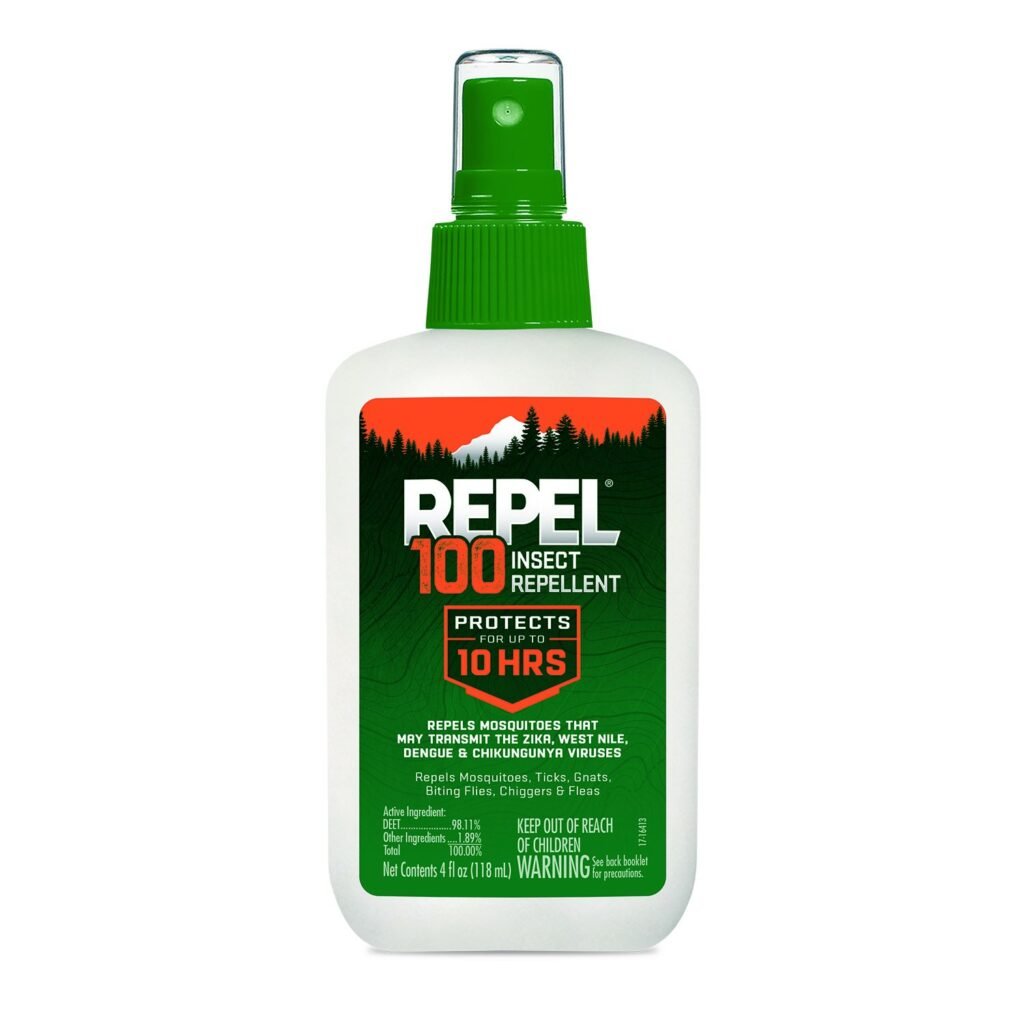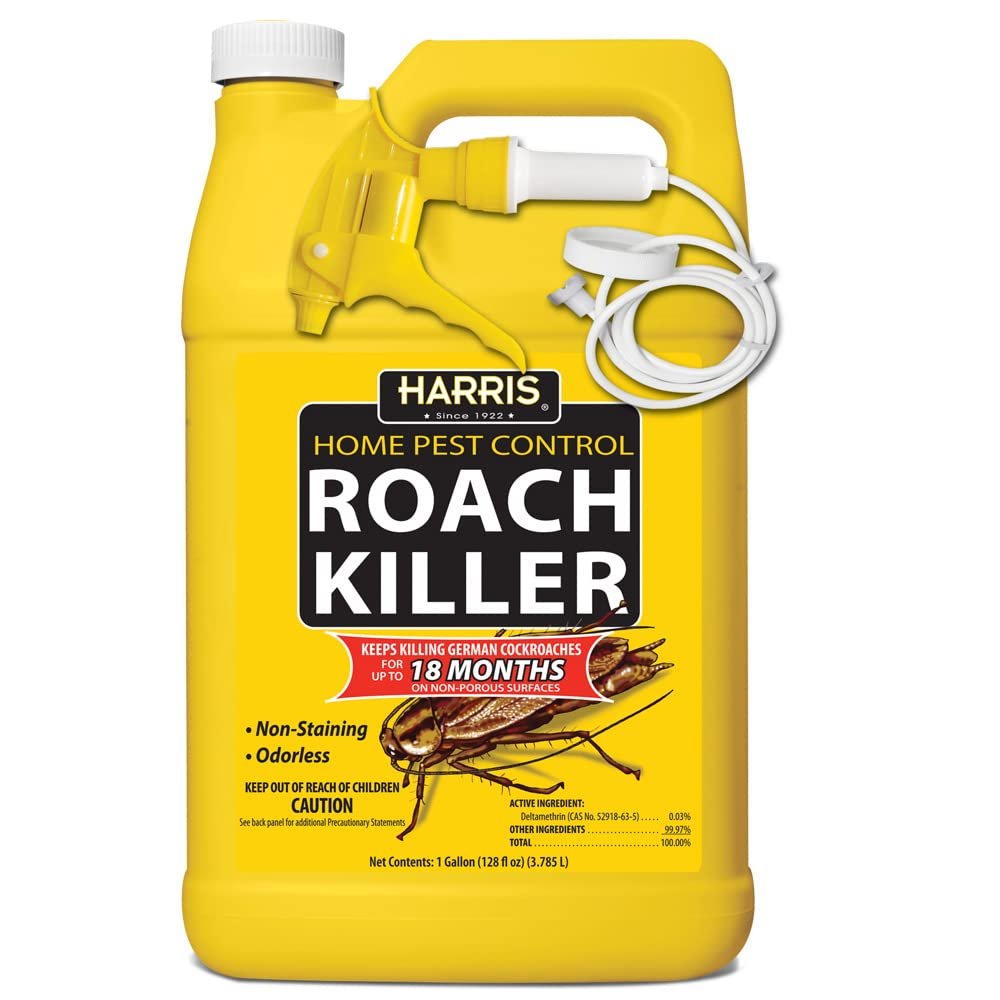So, you’ve spotted a couple of roaches scurrying around your home and now you’re wondering: is this just a random occurrence, or could it be the beginning of a full-blown infestation? Well, let’s take a closer look at the situation. While seeing even a single roach in your home is hardly cause for celebration, it doesn’t necessarily mean you’re dealing with an infestation just yet. But what about 10 roaches? Is that the magic number? In this article, we’ll explore whether 10 roaches can be considered an infestation and what steps you can take to prevent it from escalating further.


Signs of a Roach Infestation
Visible Roaches
One of the most obvious signs of a roach infestation is actually seeing the roaches themselves. If you spot a roach scurrying across your kitchen floor or bathroom countertop, it’s a strong indication that there are more hiding nearby. Roaches are nocturnal creatures, so if you see them during the day, it likely means their population has grown significantly.
Cockroach Droppings
Another clear sign of a roach infestation is the presence of cockroach droppings. Roaches leave behind small, dark, cylindrical droppings that resemble ground coffee or black pepper. These droppings can be found in areas where roaches frequent, such as kitchen cabinets, under appliances, or in basements. If you notice an accumulation of droppings, it’s a clear indication that you have a roach problem.
Egg Casings
Roaches reproduce rapidly, laying numerous eggs at a time. These eggs are encased in a protective covering called an egg casing or ootheca. These casings are often brown in color and are about the size of a cockroach’s body. If you come across these egg casings in your home, it means that roaches have been breeding and their population is growing.
Unpleasant Odor
If you notice a strong, musty odor in your home that you can’t pinpoint, it could be a sign of a roach infestation. Roaches emit a pheromone that creates a distinct smell, which becomes more noticeable as their population increases. This odor is often described as a combination of a greasy, oily smell with a hint of mildew. If you detect this unpleasant odor, it’s time to investigate for a potential roach problem.
Glimpses of Shed Skins
Roaches, like other insects, periodically shed their exoskeletons as they grow. If you come across these shed skins in your home, it means that roaches have been present and growing in number. These skins are translucent and similar in shape to a fully-grown roach. If you’re finding shed skins in various areas of your home, it’s a strong indication that you have a roach infestation.
The Definition of an Infestation
What Constitutes an Infestation
An infestation occurs when a significant number of roaches have established a presence in your home. This goes beyond the occasional roach sighting or one-off incident. An infestation is characterized by a continuous and growing population of roaches, which poses a threat to both your health and your property.
How Many Roaches are Considered an Infestation
There isn’t a fixed number of roaches that constitutes an infestation, as it can vary depending on various factors such as the size of your living space and the roach species involved. However, as a general rule, if you consistently spot 10 or more roaches in your home, it’s a strong indication of an infestation.
Factors Affecting Infestation Levels
Several factors can influence the severity of a roach infestation. The species of roach involved plays a role, as some species reproduce more rapidly and are more resilient than others. The size of your living space also plays a role, as a larger area provides more hiding places for roaches to thrive. Additionally, the availability of food and water sources, as well as the cleanliness of your home, can contribute to the level of infestation.
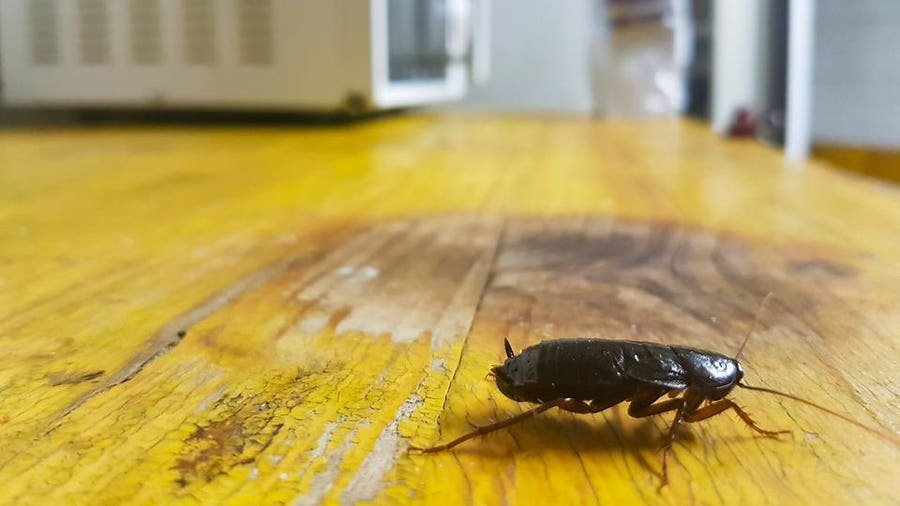

The Dangers of a Roach Infestation
Health Risks
Roaches are carriers of various diseases and pathogens that can pose serious health risks to humans. They can contaminate food and surfaces with bacteria like Salmonella and E. coli, leading to gastrointestinal illnesses. Additionally, roach droppings and shed skins can trigger allergies and asthma attacks, especially in individuals with pre-existing respiratory conditions.
Food Contamination
Roaches are notorious for their ability to contaminate food. They can crawl on food preparation surfaces, leave droppings, and even lay eggs in food products. Consuming roach-contaminated food can lead to food poisoning and other foodborne illnesses. It’s crucial to maintain proper food storage and hygiene practices to minimize the risk of food contamination in the presence of roaches.
Allergies and Asthma
For individuals with allergies or asthma, a roach infestation can exacerbate their respiratory symptoms. Roach droppings, shed skins, and saliva contain allergens that can trigger allergic reactions and asthma attacks. The presence of roaches in the home can make it difficult for allergy and asthma sufferers to find relief, leading to decreased quality of life.
Damage to Property
Roaches can cause physical damage to property through their feeding and nesting habits. They may chew on paper products, fabrics, and even electrical wiring, creating a fire hazard. These destructive behaviors can result in costly repairs and replacements. Additionally, the presence of roaches can leave behind an unpleasant odor that is difficult to eliminate without proper pest control measures.
Psychological Impact
Living with a roach infestation can have a significant psychological impact on individuals and families. The fear and disgust associated with roaches can lead to anxiety, stress, and even sleep disturbances. The constant worry about roaches crawling on surfaces or appearing unexpectedly can take a toll on mental well-being. Resolving a roach infestation can provide peace of mind and restore a sense of comfort in one’s home.
Roach Breeding Habits
Rapid Reproduction
Roaches are notorious for their rapid reproductive abilities. A single female roach can produce several hundred offspring in her lifetime. With such prolific breeding habits, roach populations can quickly spiral out of control if left unchecked. This is why early detection and intervention are crucial in preventing a roach infestation from spreading.
Life Cycle of Roaches
Understanding the life cycle of roaches is essential in combating an infestation. Roaches undergo three main stages: egg, nymph, and adult. The eggs, as mentioned earlier, are contained within egg casings and are usually laid in secluded areas. Once hatched, the nymphs resemble miniature versions of adults and go through multiple molts until they become fully grown.
Egg Laying and Hatching
Female roaches typically carry their egg casings until they are ready to hatch. These casings are then deposited in hidden areas close to food sources and warmth. The time it takes for eggs to hatch can vary depending on factors such as temperature and humidity. Once the eggs hatch, the nymphs emerge and start their journey towards adulthood.
Roach Nymphs
Roach nymphs are essentially juvenile roaches that go through a series of molts to reach maturity. During each molt, they shed their exoskeleton and emerge slightly larger. The number of molts can range from 5 to 13, depending on the roach species. Nymphs are smaller in size than adults and are often lighter in color. They require adequate food and water sources to survive and develop into reproductive adults.


Common Places to Find Roaches
Kitchen
The kitchen is a prime spot for roaches due to the abundance of food sources and water. Roaches can be found lurking in kitchen cabinets, hiding in cracks and crevices near appliances, and even inside pantry items. They are attracted to the warmth and moisture often present in kitchens, making it an ideal environment for them to thrive.
Bathroom
Bathrooms also offer ideal conditions for roaches to thrive. They are drawn to the damp and humid environment, as well as the water sources available. Roaches can be found hiding in drains, under sinks, and in dark corners of bathrooms. It’s important to regularly clean and dry bathroom surfaces and address any plumbing issues to prevent roaches from establishing a presence.
Garage
Roaches can find their way into garages through small openings or gaps in doors and windows. Once inside, they seek shelter in dark corners, piles of clutter, and even vehicles. Garages often provide roaches with ample hiding places and a potential source of food, especially if there are stored pet foods or other organic materials present.
Basement
Basements are another common area for roach infestations, particularly in older homes or those with moisture issues. Roaches are attracted to the cool, dark, and damp environment typically found in basements. They can hide in cracks and crevices, as well as seek shelter in stored items or boxes. Regular inspections and humidity control can help deter roaches from infesting basements.
Crawl Spaces
Crawl spaces provide roaches with the perfect conditions to establish a presence, especially if they are damp and poorly ventilated. These spaces often go unnoticed and are rarely accessed, allowing roaches to reproduce and thrive undisturbed. Proper sealing and ventilation can help prevent roaches from infiltrating crawl spaces and potentially entering the main living areas of a home.
Dirty Dishes and Trash
It’s no surprise that roaches are attracted to areas with sources of food and organic matter. Dirty dishes left out overnight or unsealed trash cans are like a buffet for roaches. They can scavenge for food particles and leftovers, making kitchens and dining areas a breeding ground for infestations. Adopting good hygiene practices, such as promptly washing dishes and taking out trash, can help deter roaches from entering your home.
Determining Infestation Size
Factors Affecting Roach Population
Several factors can influence the population size of a roach infestation. The availability of food and water sources plays a significant role in the roach’s ability to reproduce and survive. A consistent supply of these resources can result in larger infestations. Additionally, the suitability of the environment, such as warmth and moisture, can affect the roach population.
Visible Roach Sightings
The number of visible roaches is an essential factor in determining the size of an infestation. If you consistently spot 10 or more roaches in various areas of your home, it is likely indicative of a moderate to large infestation. However, it’s essential to keep in mind that roaches are skilled at hiding, so the actual population size may be higher than what you observe.
Frequency of Roach Encounters
The frequency of roach encounters is another indicator of the infestation size. If roaches are frequently spotted during both day and night, it’s a strong indication of a significant infestation. Roaches are nocturnal by nature, so daylight sightings suggest a large and established population that may be running out of hiding spots.
Roach Activity Patterns
Observing the activity patterns of roaches can provide insights into the size of the infestation. Roaches are most active at night and tend to scatter when exposed to light or disturbances. If you find numerous roaches scurrying away when you turn on the lights or open cabinets, it’s a sign that the roach population is substantial and widespread.
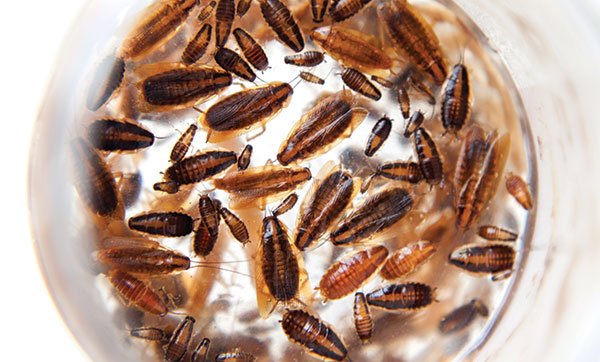

Dealing with a Roach Infestation
Hiring Professional Pest Control
When faced with a roach infestation, it’s advisable to seek professional pest control services. Experienced pest control professionals have the knowledge, tools, and treatments necessary to effectively eliminate roach populations. They can assess the severity of the infestation, determine the best course of action, and provide ongoing monitoring and prevention strategies.
DIY Methods
For minor infestations and as a supplement to professional treatments, there are several DIY methods that can help control roach populations. These include using roach baits and traps, applying residual insecticides in infested areas, and sealing entry points. However, it’s important to follow instructions carefully and prioritize safety when using DIY methods. DIY approaches may be less effective for larger or more severe infestations and may require professional intervention.
Effective Home Remedies
Certain home remedies can also aid in controlling roach populations. Natural deterrents such as boric acid, diatomaceous earth, and essential oils can be used to repel and kill roaches. However, it’s important to note that home remedies may not be as effective in eradicating a large infestation and should be used in conjunction with other control methods. Regular cleaning and decluttering are also essential to eliminate potential hiding places and food sources for roaches.
Preventing Roach Infestations
Maintain Cleanliness and Hygiene
One of the most effective ways to prevent roach infestations is by maintaining cleanliness and good hygiene practices. Roaches are attracted to food particles and spills, so promptly cleaning up crumbs, wiping down surfaces, and emptying trash cans can significantly reduce their attraction to your home. Regular sweeping and vacuuming can also eliminate roach eggs and nymphs.
Sealing Entry Points
Roaches can enter homes through small cracks, gaps, and openings. Inspecting and sealing entry points, such as gaps around doors and windows, holes in walls, and spaces around utility lines, can prevent roaches from gaining access. Using weatherstripping, caulk, or expanding foam sealant can effectively seal these entry points and minimize the risk of infestation.
Proper Food Storage
Properly storing food is crucial in preventing roach infestations. Keep food in sealed containers or bags to prevent roaches from accessing them. Avoid leaving food out overnight and promptly clean up spills or crumbs. Pet food should also be stored in airtight containers and not left out for extended periods. By denying roaches a readily available food source, you can discourage them from entering your home.
Regular Inspections
Regular inspections of your home can help detect early signs of a roach infestation. Look for indications such as droppings, shed skins, and roach sightings, especially in areas prone to infestations, such as kitchens and bathrooms. By promptly addressing any signs of roach activity, you can prevent a minor infestation from escalating into a larger problem.
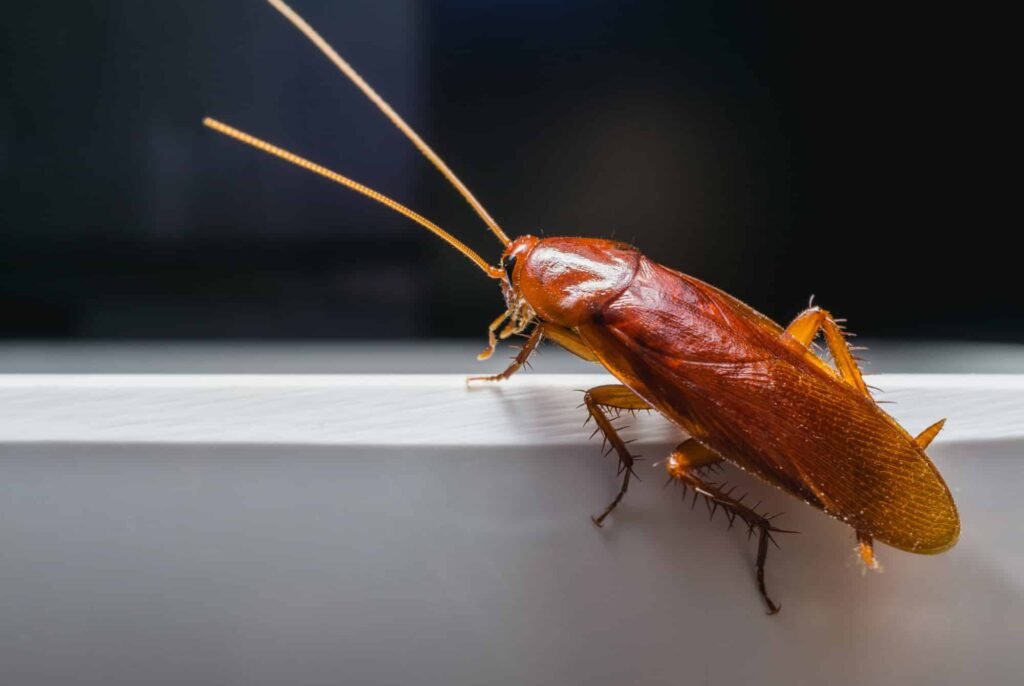

What to Do If You Spot Roaches
Initial Steps to Take
If you spot roaches in your home, it’s important to take immediate action. Start by cleaning up any visible food sources, sealing opened containers, and wiping down surfaces to remove potential food and water sources. This can help discourage roaches from staying and breeding in your home. Additionally, eliminate any standing water or excessive moisture in your home, as roaches are attracted to damp areas.
Identifying the Scope of Infestation
Once you’ve spotted roaches, it’s crucial to determine the scope of the infestation. Monitor your home for additional roach sightings and signs of their activity. Assess the areas where roaches are commonly found, such as kitchens, bathrooms, and basements, and document the frequency of encounters. This information will be valuable when contacting a pest control expert.
Contacting a Pest Control Expert
If you suspect a roach infestation or if your initial efforts haven’t resolved the problem, it’s recommended to contact a professional pest control expert. They have the knowledge, expertise, and tools to effectively assess the infestation, develop a personalized treatment plan, and implement targeted control measures. Professional intervention can provide long-lasting results and peace of mind.
Situations Where 10 Roaches May Indicate Infestation
Type of Roach Species
The species of roach involved can influence whether 10 roaches indicate an infestation. Some roach species, such as German cockroaches, reproduce rapidly and are typically associated with larger infestations. In contrast, other roach species, like American cockroaches, may have larger populations due to their size and mobility. Understanding the species involved can help determine if 10 roaches are indicative of an infestation.
Size of Living Space
The size of your living space can also impact whether 10 roaches indicate an infestation. In a smaller apartment or confined area, 10 roaches may constitute a significant infestation. However, in a larger home with multiple rooms and hiding places, 10 roaches may indicate the initial stages of an infestation that can quickly grow if not addressed.
Roach Activity Levels
The activity levels of the roaches can provide insights into the severity of the infestation. If you consistently encounter 10 roaches during both day and night, it’s likely that there is a substantial population nearby. Roaches that are frequently seen in various areas of the home suggest a widespread infestation that requires immediate attention.
Your Expert in Animal Control and Extermination. Trust our experience for humane, effective pest management, protecting your property and ensuring peace of mind with Michael S.




